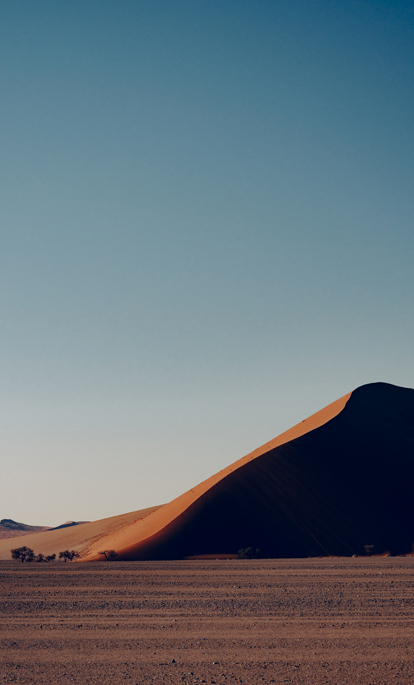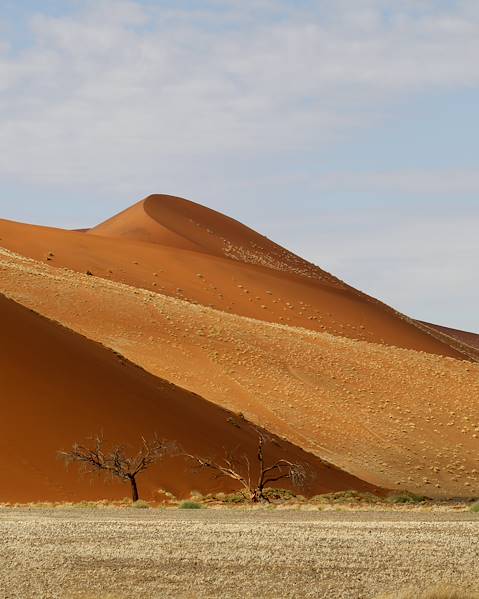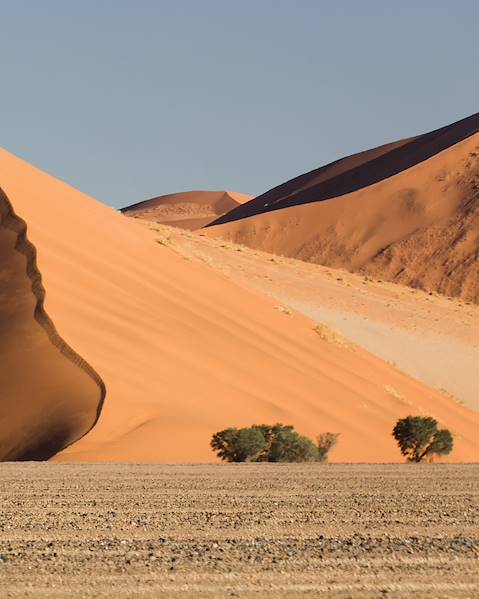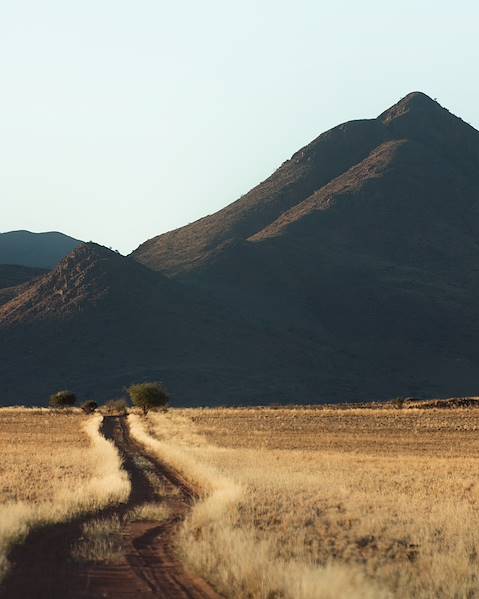Mother Nature comes alive on the amazing landscapes of Namibia – whether it’s in the vast, open sky, the wondrous animals that roam the savannah, the soaring sand mountains that pierce the horizon or the wild, untamed coastline – the awesome forces of nature are ever-present and always jaw-dropping in Namibia. An extraordinary journey is inevitable. Here are some things to note before your stay.
Driving is on the left in Namibia, as in all of Southern Africa. Traffic is quiet, even in the country’s capital city and largest urban centre, Windhoek. It’s lonely on the roads, with empty highways that extend to the horizon a common sight. Around 90% of roads are actually dusty tracks and there are very few paved roads to drive on. On gravel roads, speed limits are limited to 80kmh (50mph) and it’s wise to stick to them – if an accident does occur it may be hours before help can get to you. A 4x4 is the best option for getting around as visibility is good and you’ll be able to drive on all terrains. If you come to a crossroads with four stops, the first vehicle to arrive is the first to go, regardless of the direction that it came from. Don’t underestimate the danger of the dust and sand that surrounds you and flies off the car – keep windows wound up and leave a lot of room when overtaking so as not to send gravel flying into the face of another vehicle. Another precaution: on the superb road between Swakopmund and Walvis Bay there are frequent sandstorms, so keep an eye on weather forecasts. Try not to drive at night when the most diverse cross-section of animals often zig zag across the roads. When startled, especially faced with headlights, antelope and other game are known to run headfirst into vehicles, so aim to arrive at your destination before sunset. If only to be able to admire it with your feet up – Namibia’s sunsets are some of the most beautiful, so it’s worth finding a good spot for the stunning natural show.
If your trip includes a domestic flight, many planes are often small, but perfectly safe. The view of Namibia from the sky is intensely pretty – the diverse, incredible landscapes are awe-inspiring from any angle, but especially from above. Smaller planes usually have a baggage weight limit of 20kgs per passenger, which includes carry-on bags.
The currency of Namibia is the Namibian dollar and is linked to the South African rand. There are ATMs all over the country, even in the smallest rural service stations and it’s easy to pay with a credit card.
Tipping is not necessarily expected, but gratefully received. It’s customary to leave 10% of the bill in restaurants if the service was good. Rangers and guides usually receive tips of about 100 Namibian dollars (£5.50 per day per person). In the lodges, there’s usually a small box where you can leave a tip for staff other than rangers – the equivalent of around £5 a day is respectable.
Head on a trip to Namibia and you’ll feel like you’re at the centre of the animal universe – getting in touch with your wild side is just part of the deal here. Your dream of the perfect South African safari is ready and waiting.
















